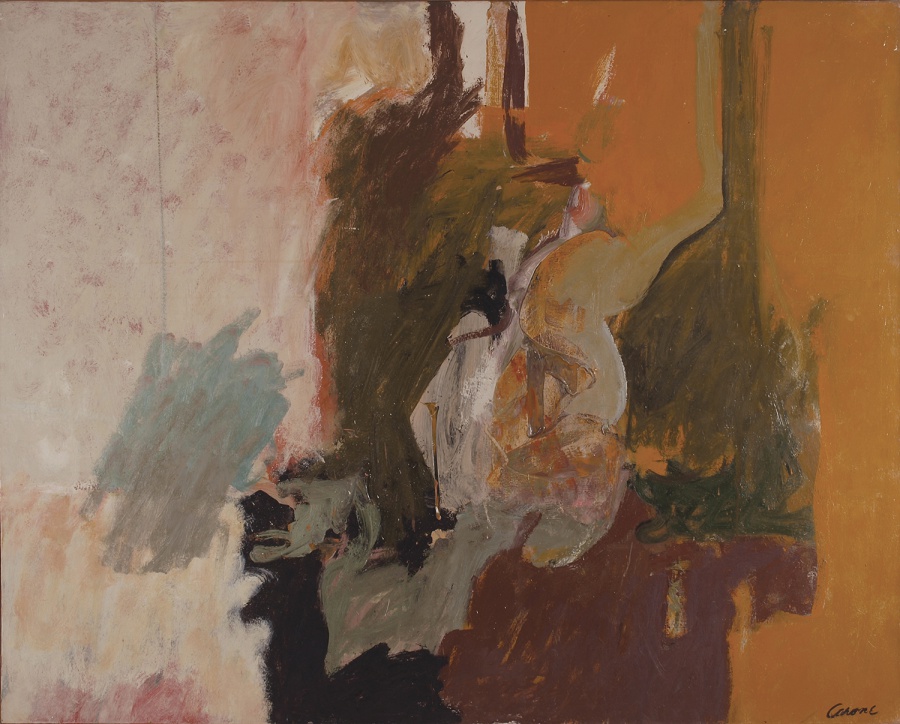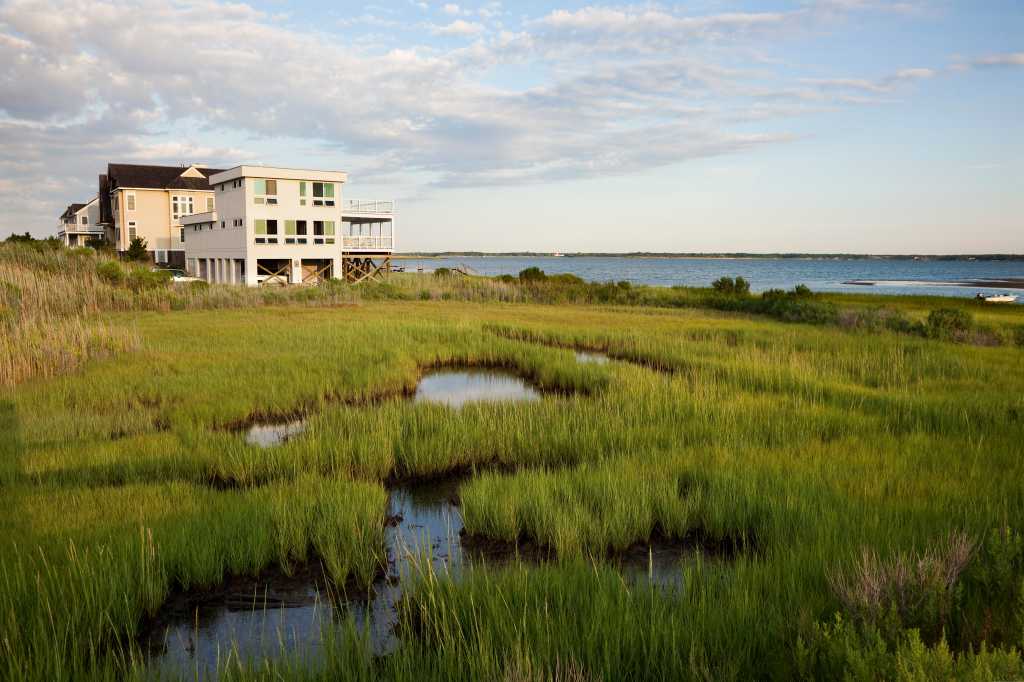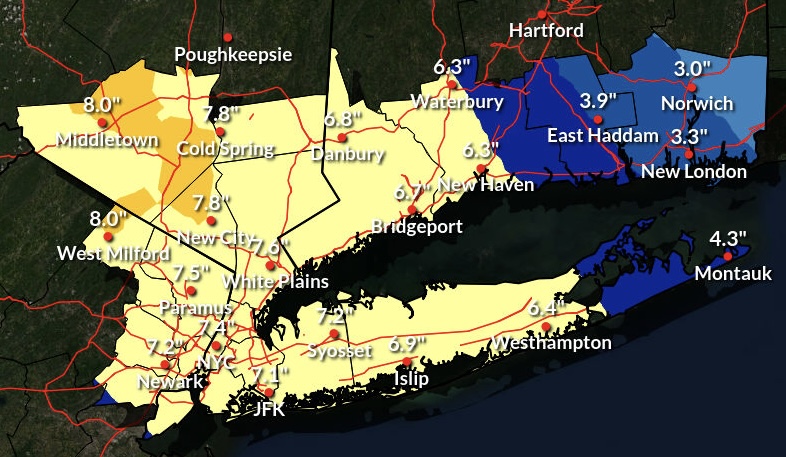Nicolas Carone at Pollock Krasner House

Nicolas Carone’s current exhibition at the Pollock Krasner House in The Springs is particularly interesting for at least two reasons. One reason is that it calls attention to the artists who made up the local art community during the early days of Abstract Expressionism. Many were neighbors who lived in The Springs, and although there was no equal to Manhattan’s “The Club” ( a gathering place for artists), people could share ideas at someone’s home. Such a group included Jackson Pollock, Conrad Marca–Relli, Ibram Lassaw, and Willem de Kooning, among others. In this critic’s opinion, geographic proximity may perhaps account for the evolution of many art movements.
This observation certainly applied to Carone who was born in America, worked in Italy in the 1940s, returned to New York in 1951 and then settled on Three-Mile Harbor Road during the 1950s, where Pollock critiqued his paintings. When commenting on his own work, Carone noted that his art was “some sort of environment, developed spontaneously.”
While such environment could include the physical nearness of his artistic neighbors, Carone probably connected it to his painting’s formal qualities. In fact, Helen Harrison, Director of the Pollock Krasner House, commented that Carone’s work reflected a dichotomy between urban (New York) and country (East Hampton) settings. This analysis makes good sense, but we found other kinds of dichotomy at work between integration and fragmentation and between emotional states (peace vs. danger). First, let’s consider the latter examples. Carone’s “Escape Plan” seems relevant to a contradictory state where a shape resembling a female figure is moving both away and toward something, thus suggesting escape and non-escape.
An object looking like a horse may be the motivating object. Conversely, in another work, a figure seems to be sitting on the floor, cool and collected; there’s no opposing or threatening force. Regarding spacial relations, these two paintings evoke separation, action being played out in different parts of the picture plane. Another piece, “Untitled” (1955), conjures up an image of a child being assaulted, thus suggesting a danger theme and fragmented space. On the other hand, Carone’s “Untitled” work with splashes of pink and green conveys an integrated effect: the blocks of shapes are positioned side-by-side, indicating no figures or negative space.
The second reason that Carone’s work is interesting concerns the fact that abstraction evokes narrativity, at least for some people. Because non-objective art does not replicate reality, viewers may have a predisposition to imagine “real” objects and even a story. This is exactly the effect Carone’s work has on this critic. The process is not only challenging, but creative. The resulting interpretation, however, may also be wrong, as far as the artist’s intentions go.
Nicolas Carone’s work will be on view at the Pollock Krasner House in East Hampton (830 Springs-Fireplace Road) until July 27, 2013. Call 631-324-4929 or visit stonybrook.edu/pkhouse for information.









